- Joined
- Sep 27, 2014
- Messages
- 3,123
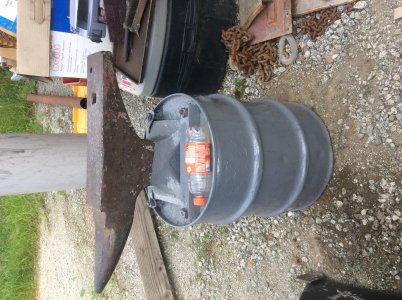
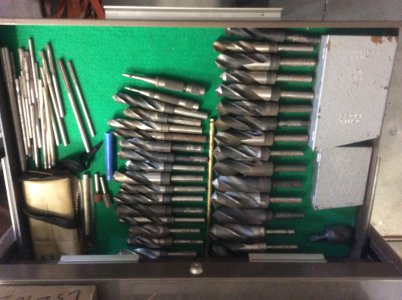
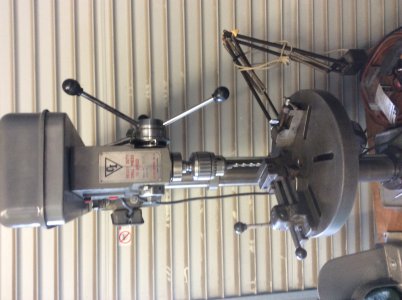
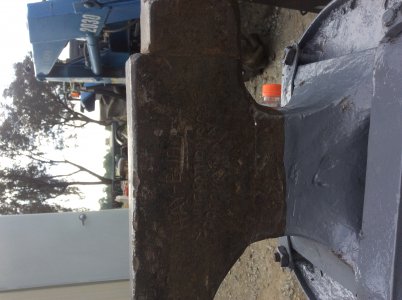
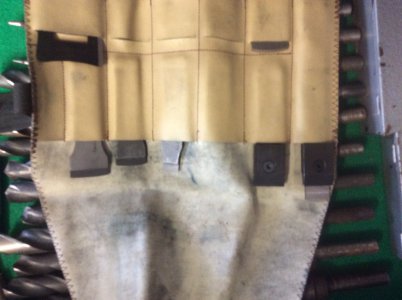
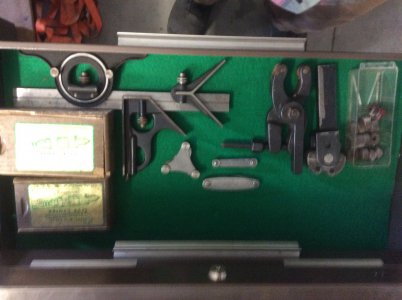 Hi all , so I picked up this anvil , drills , scrapers , and a bunch of other stuff.
Hi all , so I picked up this anvil , drills , scrapers , and a bunch of other stuff.The top is straight on anvil but it has pits on it , I would like to smooth the top I'm thinking flap disks on grinder. What you think ?. The scrapers are biax from Germany I guess I'll need a handle
The drill press is 15 spd and goes down to 200 rpm it is stout. The drills are 1 1/4-9/16 1/2" shafts.
All of what you see and more was $180.00 , pics are acting stupid hope they made it.
